From Farm to Table: 8 Simple Ways to Strengthen Your Local Food System and Eat More Meaningfully
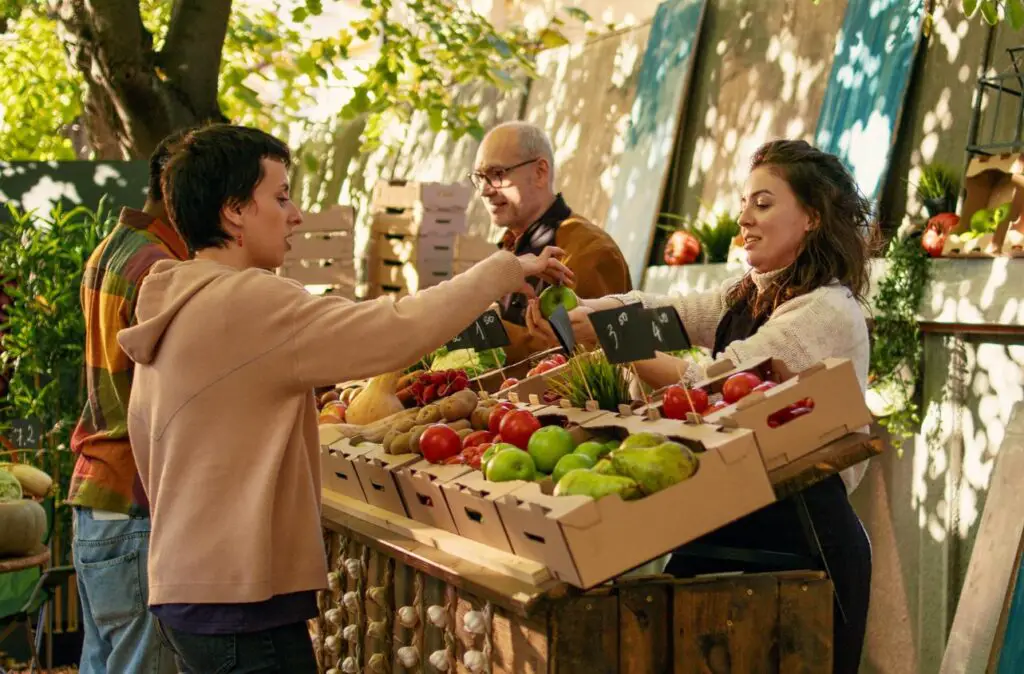
Have you ever wondered where your food really comes from? In a world dominated by global supply chains and mass production, it’s easy to lose sight of the roots of what we eat. Yet right in your own community, there’s a growing movement that’s putting the focus back on fresh, seasonal, and sustainably grown food—one plate at a time. The farm-to-table movement is about more than just eating healthy; it’s about creating stronger communities, supporting small farms, protecting the environment, and making more mindful choices about what goes on your fork. The best part? You don’t need to be a farmer or a food expert to get involved.
There are so many easy, impactful ways you can support your local food system and make a difference, starting right now. Whether you’re picking up fresh produce at a weekend market, eating at restaurants that champion local sourcing, or growing your own herbs on a balcony, your actions add up. Ready to dig in and eat with purpose? Here are 8 simple and powerful ways to support local food systems—while enjoying fresher, more delicious meals in the process.
1. Shop at Farmers Markets Regularly
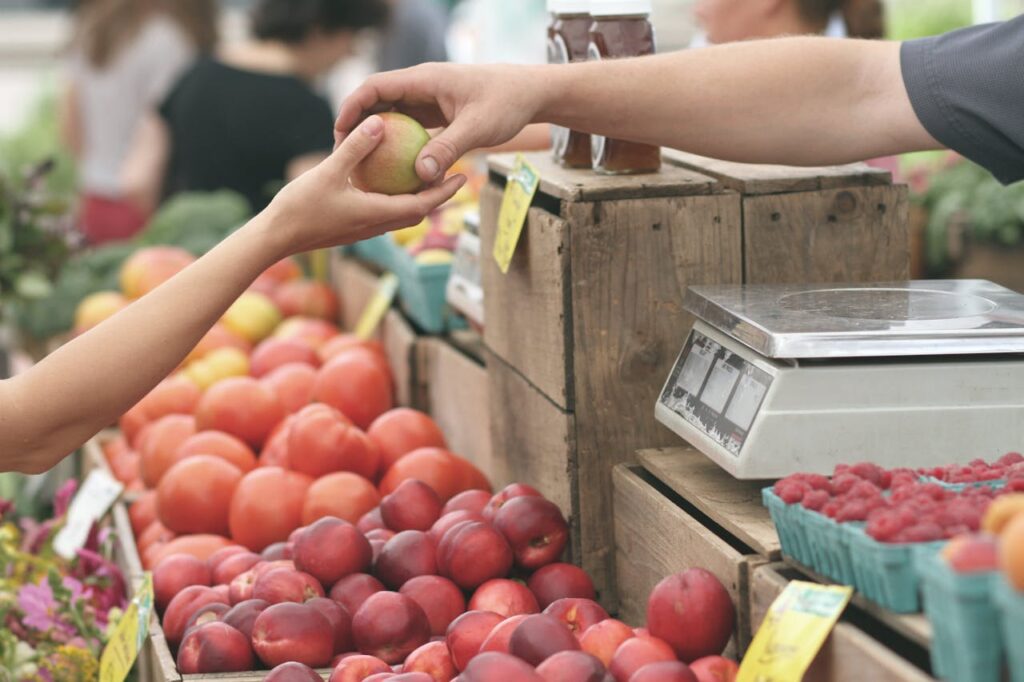
One of the easiest and most enjoyable ways to support your local food system is by shopping at farmers markets. These vibrant community hubs connect you directly with small-scale farmers, growers, and artisans, offering everything from ripe produce and local honey to pasture-raised meats and handmade cheeses. When you buy from farmers markets, you’re not only getting food that’s often fresher and more flavorful than grocery store alternatives, but you’re also investing your money in people who live and work in your community. Every dollar you spend helps sustain family farms, supports regional economies, and reduces the environmental costs associated with long-distance food transportation. Plus, shopping locally allows you to eat with the seasons, try new varieties of fruits and vegetables, and even chat with the folks who grew your food.
2. Join a CSA Program to Get Fresh Food All Season
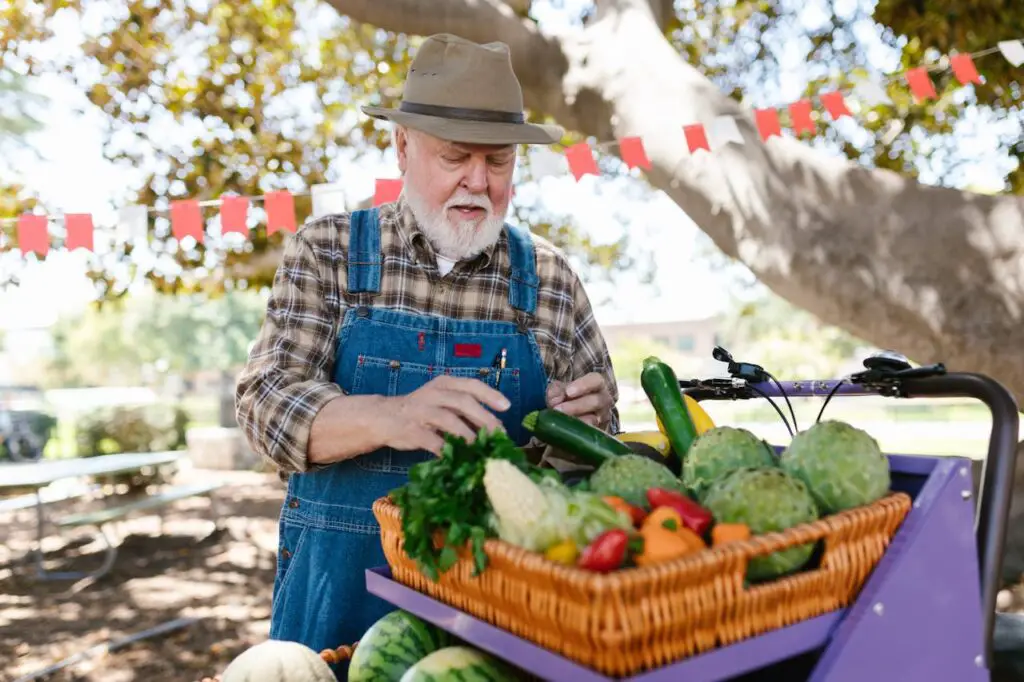
CSA, or Community Supported Agriculture, is a fantastic way to support local farmers while getting a steady supply of fresh, seasonal produce delivered right to your home or a neighborhood pickup spot. When you join a CSA, you’re essentially buying a share of a local farm’s harvest at the beginning of the season. In return, you receive weekly or biweekly boxes packed with in-season veggies, fruits, herbs, and sometimes extras like eggs, flowers, or dairy products. This model gives farmers the upfront funding they need to operate and allows them to focus on sustainable practices rather than constantly seeking new markets. For you, a CSA offers a chance to eat more nutritiously, experiment with unfamiliar produce, and feel more connected to the rhythm of the growing season. Many CSA programs also include newsletters with recipes and tips, making it even easier to make the most of your weekly bounty.
3. Dine at Restaurants That Prioritize Local Ingredients

Supporting local food systems doesn’t stop at the grocery store—it extends to your dining choices too. When choosing where to eat out, consider supporting independent restaurants that feature locally sourced ingredients. Many chefs today are passionate about farm-to-table dining and take pride in building close relationships with local farmers, fisheries, and ranchers. These restaurants often highlight seasonal menus that reflect what’s growing nearby, offering a dining experience that’s fresher, more sustainable, and more creative. Look for menus that mention local farms or use words like “seasonal,” “locally sourced,” or “sustainably raised.” By supporting these establishments, you’re helping to keep money circulating within your community and encouraging more restaurants to prioritize ethical and eco-friendly sourcing practices.
4. Grow Your Own Food at Home or Join a Community Garden
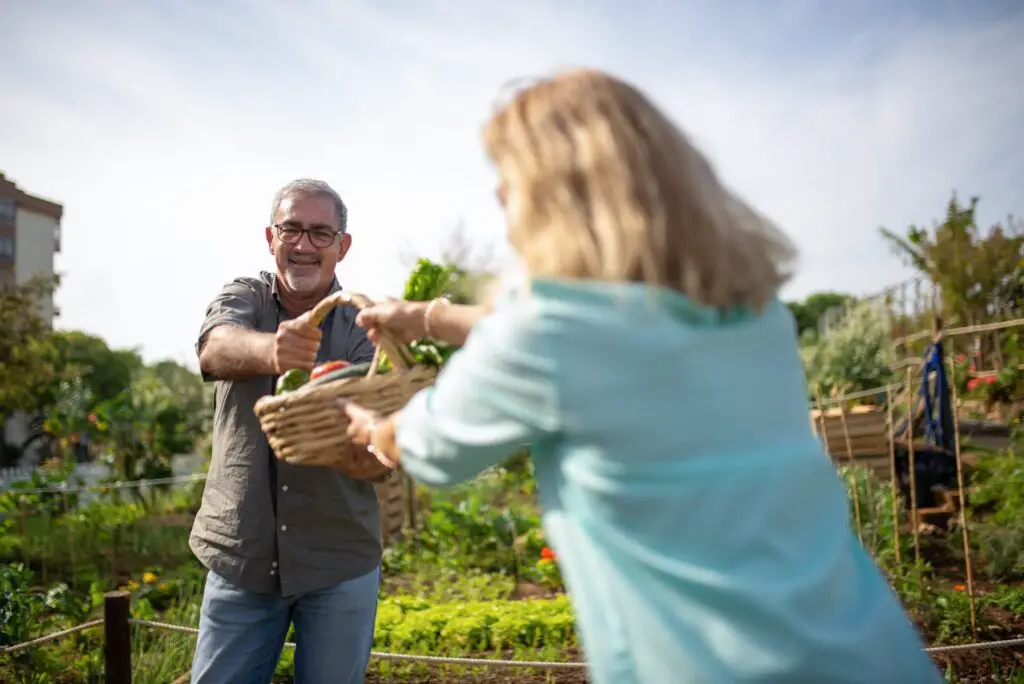
There’s something truly empowering about growing your own food, whether it’s a pot of basil on a windowsill, a backyard vegetable bed, or a plot in a shared community garden. Gardening allows you to take part in the food system firsthand, develop a deeper appreciation for what goes into producing food, and enjoy the unmatched taste of freshly picked herbs, greens, or tomatoes. Even small-scale gardening can reduce your grocery bills, cut down on food waste, and limit your reliance on industrial agriculture. Community gardens take this even further by transforming underused spaces into productive, beautiful green areas that feed neighborhoods and foster connection. These gardens often provide education, mentorship, and shared resources, making it easier for people from all walks of life to grow their own food and learn about sustainability.
5. Shop Local at Grocery Stores and Food Co-ops
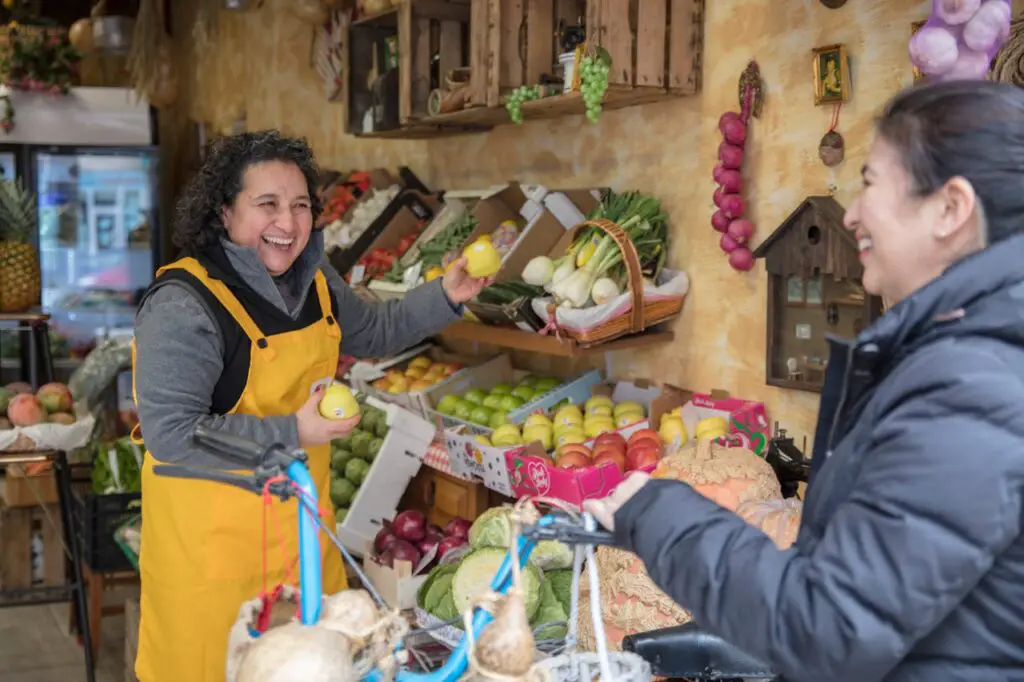
Not everyone can make it to a farmers market every week—but that doesn’t mean you can’t still shop local. Many traditional grocery stores and food co-ops now carry products from local farms, dairies, bakeries, and other small producers. These items are often labeled with their place of origin, allowing you to choose options that support businesses close to home. Food co-ops, in particular, are community-owned grocery stores that emphasize ethical sourcing, sustainability, and local partnerships. By shopping at co-ops or simply choosing local brands at your regular store, you’re helping to increase demand for regional products and encouraging retailers to continue investing in the local economy. Bonus: local foods tend to be fresher, more flavorful, and less processed than many national brands.
6. Eat Seasonally and Reduce Food Waste
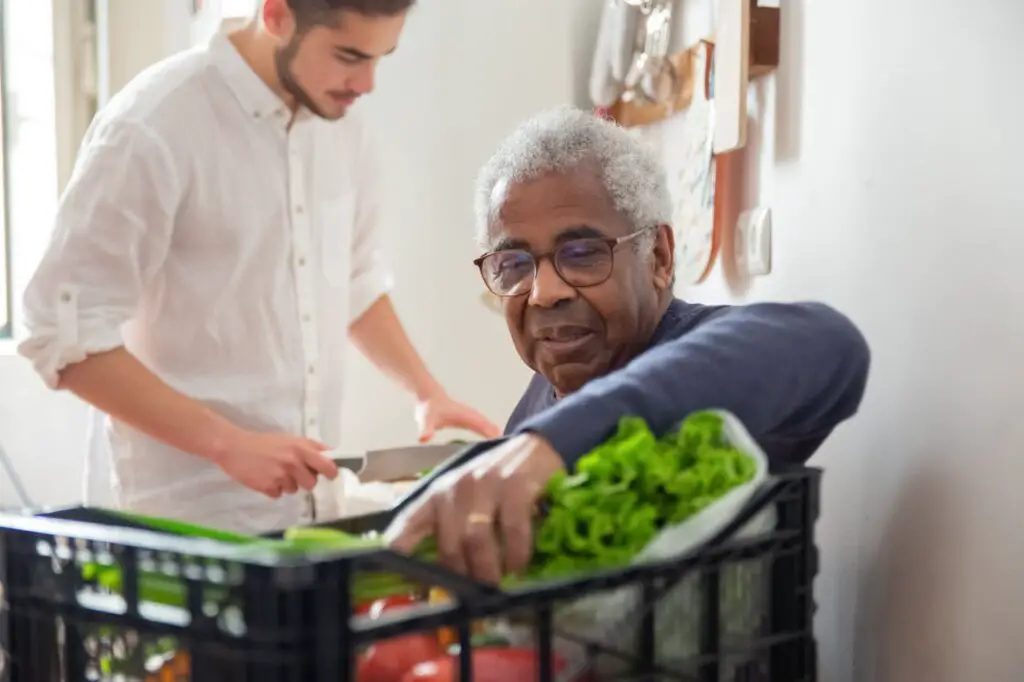
One of the best ways to support local agriculture is to eat with the seasons. When you eat seasonally, you’re more likely to consume food that was grown closer to home, reducing the environmental impact of long-distance transportation and supporting regional farmers. Seasonal eating also brings variety and freshness to your diet, encouraging you to experiment with different ingredients throughout the year. Another essential part of supporting a sustainable food system is reducing food waste. Plan meals carefully, store produce properly, use leftovers creatively, and compost food scraps when possible. Wasting less food means fewer resources are squandered in production, transport, and packaging—making the whole food chain more efficient and environmentally responsible. Together, seasonal eating and waste reduction create a powerful one-two punch for a healthier planet and a stronger local food network.
7. Advocate for Policies That Support Local Food Systems
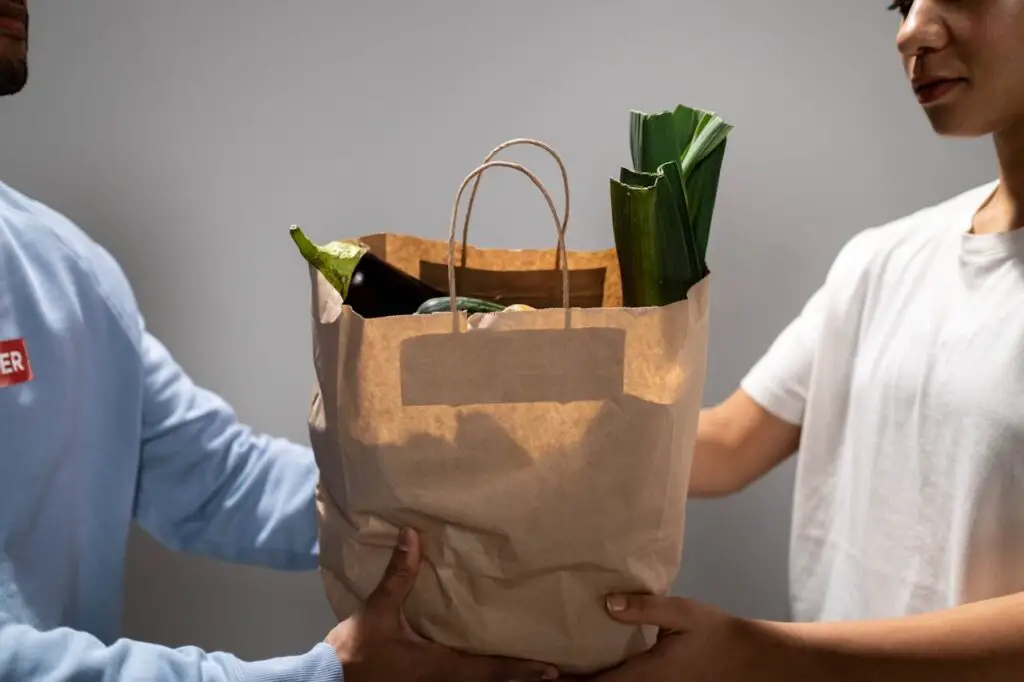
If you want to make a bigger impact, consider getting involved in advocacy for local food systems. That might mean supporting initiatives that bring farm-fresh food into schools, voting for legislation that benefits small-scale farmers, or lobbying for better access to fresh food in underserved areas. You can also join or support nonprofits and community organizations working on food justice, sustainable agriculture, or regional food policy. Education plays a big role, too—share articles, documentaries, and events with your network to spread awareness about why local food matters. Even writing letters to local officials or attending city planning meetings can help ensure that your town or city prioritizes healthy, resilient food systems. When citizens speak up, change happens.
8. Build Relationships With Local Farmers and Food Makers
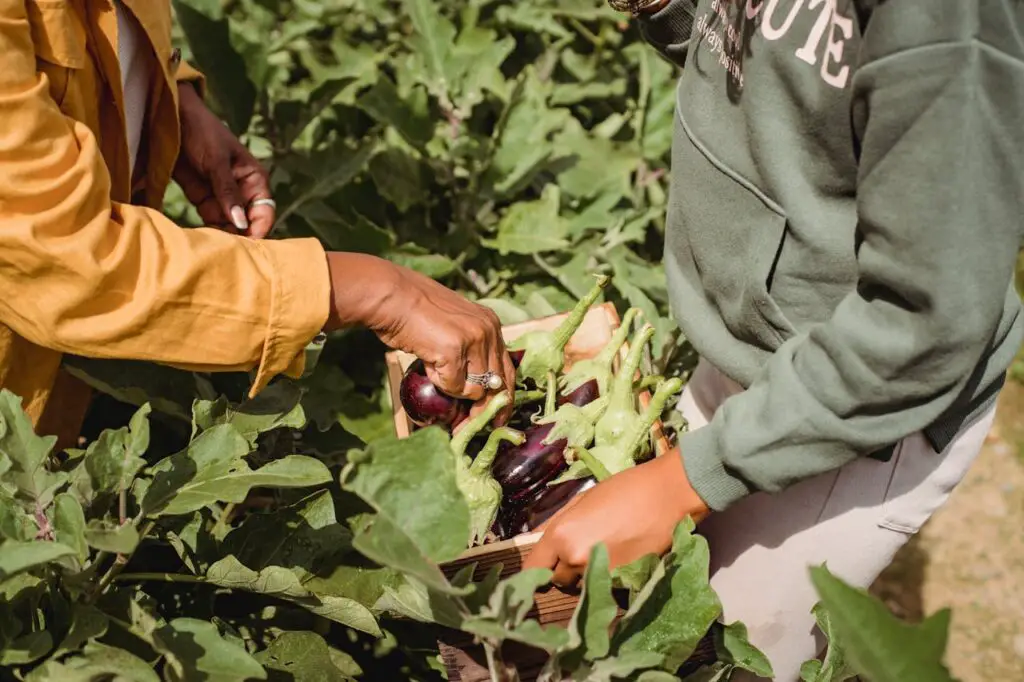
At the heart of every thriving local food system are the people who grow, raise, and craft the food we eat. Building relationships with local farmers, producers, and food makers isn’t just rewarding—it’s one of the most effective ways to understand and support the system as a whole. Whether it’s chatting with a grower at the market, visiting a farm during an open house, or attending a food-focused event or workshop, these connections bring you closer to the source of your meals. They also help farmers stay motivated, appreciated, and connected to the people they feed. You can take it a step further by following their businesses on social media, sharing their content, or recommending them to friends and family. These simple acts of connection can lead to more support, more sales, and stronger food networks for everyone involved.
Final Thoughts
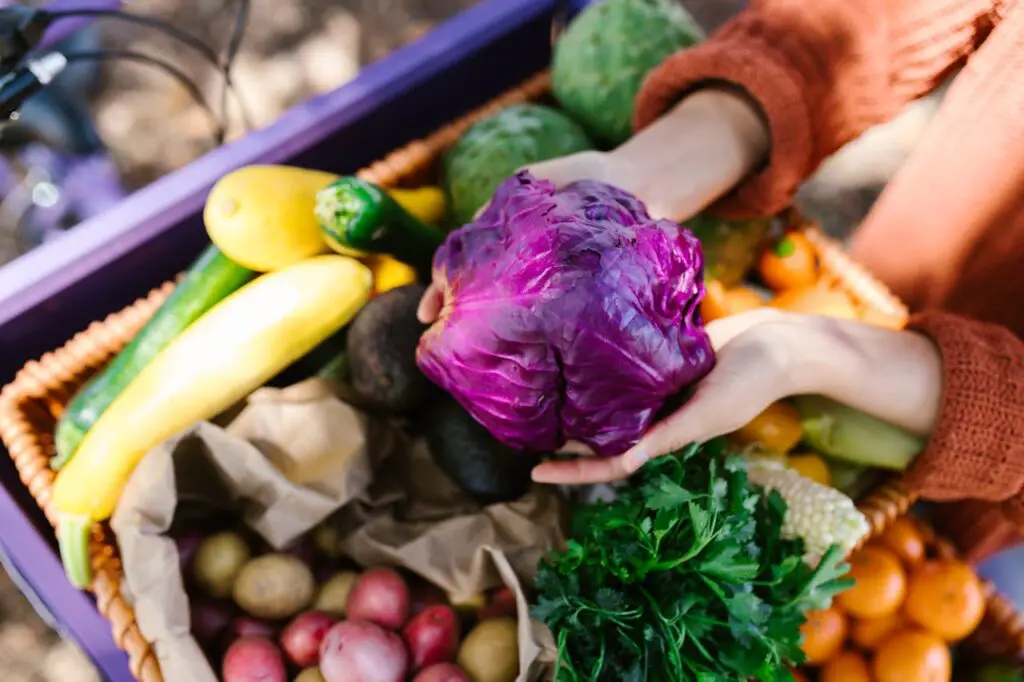
Supporting your local food system doesn’t require a massive lifestyle overhaul—just a shift in awareness and a willingness to make small, meaningful changes. Each choice you make, from where you shop and what you cook to how you handle food waste and who you support, contributes to a stronger, healthier, more resilient food network in your community. These choices are powerful. They help sustain farmers, protect the environment, and reconnect us with the food we eat. Start with one or two of the ideas above, and build from there. Over time, you’ll not only enjoy fresher, tastier meals—you’ll also be part of something bigger. So next time you sit down to eat, remember: your fork is a tool for change. Use it wisely.
Leave a Reply